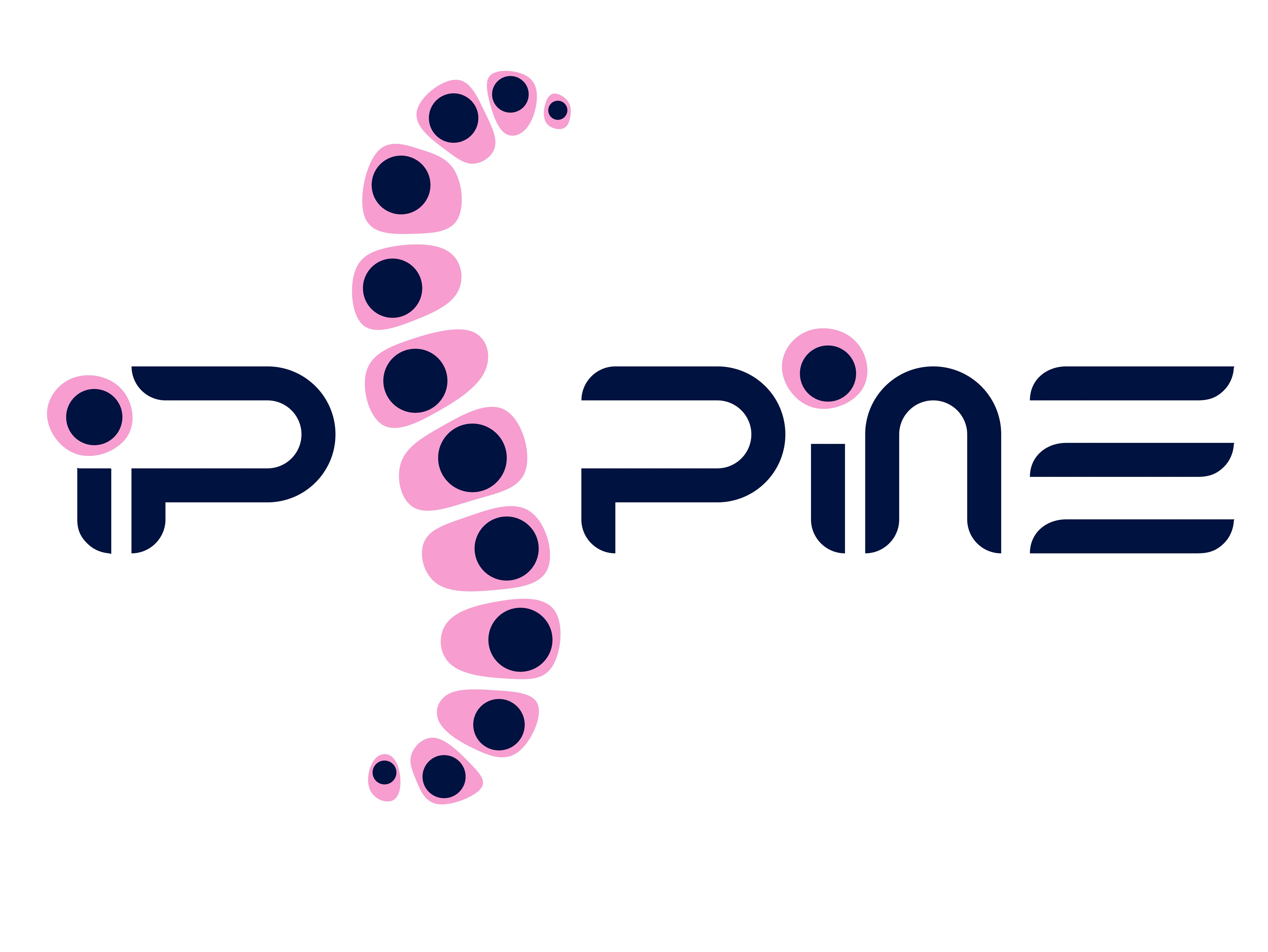
What is your team’s main scientific expertise/contribution to the iPSpine project?
With nearly 20 years of experience in researching the pathogenesis of disc degeneration. We have characterised the changes which occur during disc degeneration in the cells of the diseased disc. The advanced cell therapy developed in iPSpine (iPS-NLCs) is intended to inhibit important features of disc degeneration, and as such prevent further degeneration and even promote regeneration. Therefore, one of our major roles in the project is to develop a system within the laboratory where we can mimic the environment of the degenerative disc. Together with human disc cells derived from degenerative discs we could therefore determine the potential behaviour after the injection into the disc and identify what needs to be finetuned for ideal performance of the iPS-NLCs.
Smart biomaterials facilitate cells to survive and thrive in the degenerated environment. Within this context, for the past 10 years here in Sheffield we have developed an injectable gel, together with Professor Chris Sammon. We have shown that this gel system can inhibit factors seen in disc degeneration, mimic the mechanical behaviour of the disc, and program stem cells into disc cells. This hydrogel is one of the biomaterials under investigation within iPSpine.




